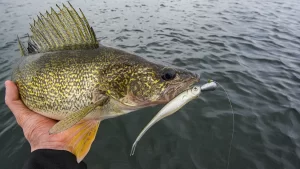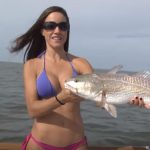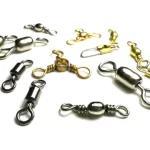Walleye fishing remains a coveted pursuit for North American anglers, offering year-round opportunities and the reward of a prized catch. This guide aims to equip anglers with the knowledge needed to consistently catch walleye, covering key aspects of the species, optimal fishing times, location strategies, effective techniques, and essential gear.
Understanding Walleye Biology
A grasp of walleye biology enhances fishing success. The species’ notable low-light vision allows for active hunting during dawn, dusk, and night. Walleye diets evolve throughout their lives, with fish being a primary food source for mature individuals, supplemented by crayfish, frogs, and insect nymphs.
Walleye exhibit both benthic and pelagic behaviors, residing in deeper waters during daylight and moving to shallower areas at night to feed. Understanding these daily movements is crucial for effective targeting.

Optimal Fishing Times
Low-light conditions, such as those found before sunrise, during dusk, and at night, present prime walleye feeding opportunities. Overcast days are generally more productive than bright, sunny ones. Wind can also stimulate feeding by reducing light penetration and disorienting baitfish.
The open-water season, particularly spring to mid-summer, offers excellent walleye fishing. Late fall to early winter sees increased walleye activity, with ice fishing becoming a popular method during winter.
Locating Walleye
Walleye inhabit various water bodies, from small streams to large lakes. Understanding seasonal cycles and daily movements is essential for locating them.
- Seasonal Cycles: Walleye spawn in shallow, rocky areas in early spring, move to deeper structures in summer, and return to deep water near spawning grounds in autumn.
- Daily Movements: Walleye typically reside in deeper areas during the day and move to shallower waters to feed at night.
- Forage Location: Walleye follow their food sources, so identifying baitfish, crayfish, and other prey is crucial.
- Current and Structure: Walleye often congregate around current seams and structural complexes, such as island clusters, humps, and drop-offs.
- Vegetation and Wood: Underwater vegetation and submerged wood provide cover and attract walleye.
- Edges: Walleye frequently position along drop-offs, bottom transitions, and weed lines.
Effective Fishing Techniques
A variety of techniques can be employed to catch walleye, including casting, vertical jigging, trolling, and live-bait rigging.
- Casting: Effective from shore or boat, targeting shorelines, drop-offs, and vegetation edges with jigs, crankbaits, and swimbaits.
- Vertical Jigging: Provides precise bait control in deep water, using jigs and metal jigging baits.
- Trolling: Maximizes bait time in the water, covering large areas with crankbaits, spinners, and spoons.
- Live-Bait Rigging: Utilizes live minnows, leeches, or night crawlers on rigs and bottom bouncers.
Effective Walleye Baits
A well-rounded tackle box includes a variety of baits for different conditions and techniques.
- Live Bait: Minnows, leeches, and night crawlers are effective for finicky walleye.
- Jigs and Soft Plastics: Versatile options for various presentations.
- Swimbaits: Effective in low-light conditions and at night.
- Crankbaits: Reliable for casting and trolling.
- Jerkbaits and Minnow Baits: Effective for casting and trolling.
- Spoons and Spinners: Effective trolling baits.
- Jigging Hard Baits: Effective in spring, fall, and winter.
Essential Fishing Gear
Quality rods, reels, and lines are crucial for successful walleye fishing.
- Rods: Medium-light to medium spinning rods for jigging and casting; trolling-specific rods for trolling.
- Reels: Smooth spinning reels; line-counter reels for trolling; baitcast reels for bottom bouncing.
- Lines: Quality monofilament, fluorocarbon, or braided lines.
- Electronics: Fish finders and chart plotters enhance location and navigation.
Adapting to Walleye Behavior
Walleye are adaptable predators, and anglers should remain open to unconventional techniques and locations. Learning fundamental walleye behavior while experimenting with different approaches will yield greater success.
Image/Source: Wired2Fish





